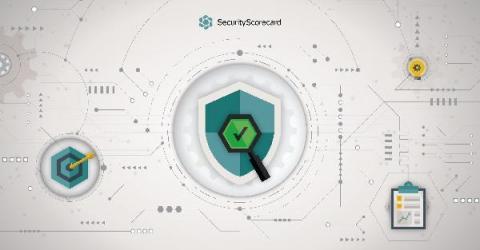57 Cybersecurity Terms You Should Know in 2021
Cybersecurity can seem intimidating, especially when you’re not already familiar with security and IT. There are so many threats and a lot of terms you need to know in order to understand the countermeasures that can help keep your data safe from attackers. What is an attack surface, after all? And what’s a rootkit? Non-technical employees and decision-makers might find their eyes glazing over when cybersecurity terms start getting thrown around.







